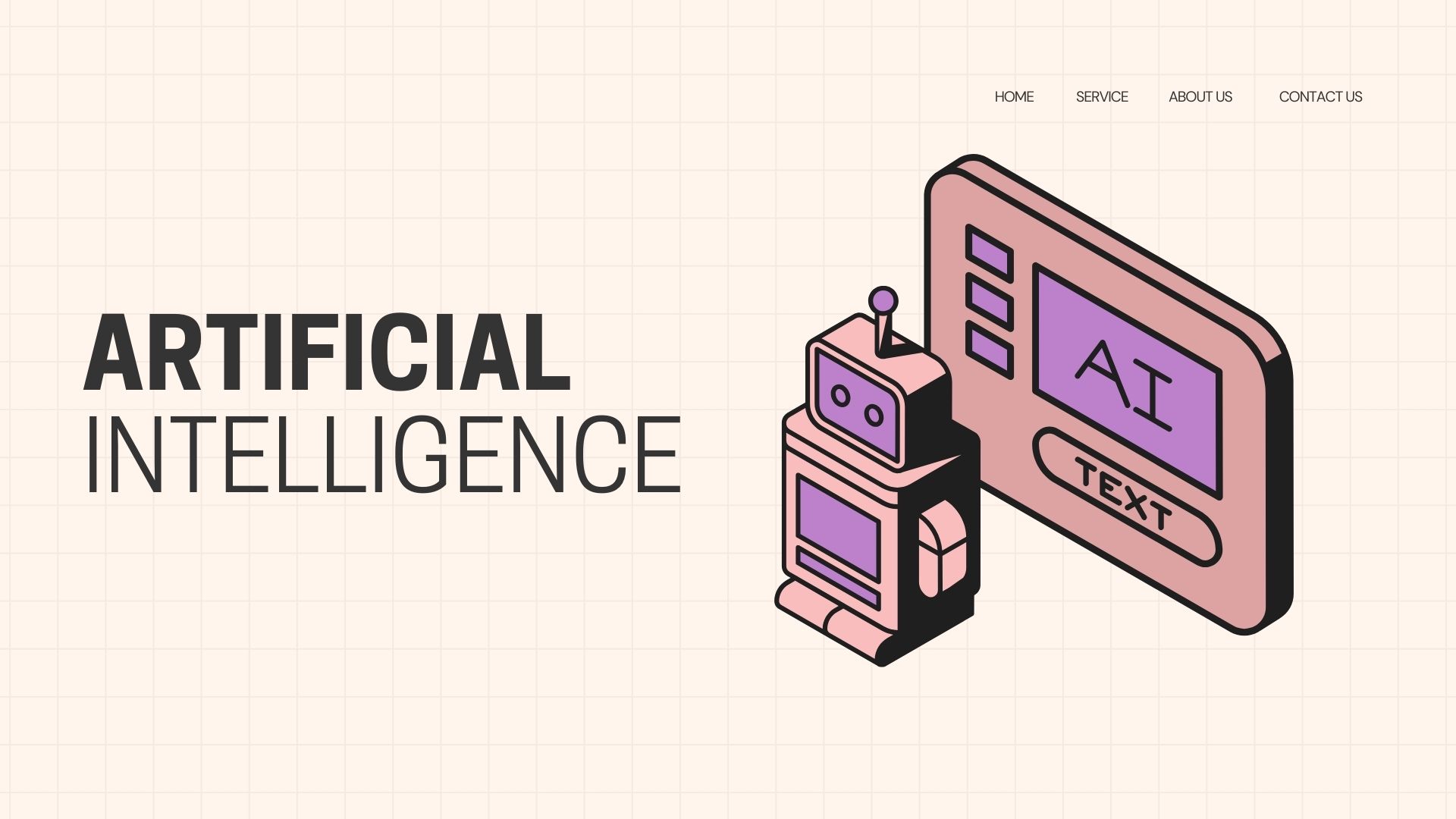AI, or artificial intelligence, may sound like something complicated and sophisticated. But what do you know? This technology is actually already present in our daily lives, without us even realizing it. From virtual assistants like Siri to movie recommendations on Netflix, it’s all thanks to AI. Let’s talk more about this increasingly popular technology!
What is Artificial Intelligence (AI)?
A simple definition of AI
AI, short for Artificial Intelligence, is a technology that allows machines to “think” and “learn” like humans. In short, AI is the ability of computers to perform tasks that would normally require human intelligence, such as understanding languages, recognizing images, or even playing chess.
Why is it important to understand AI?
You must have heard the word “AI” a lot, right? But understanding what AI is doesn’t just make you smarter, it also helps you know how this technology affects your life. Also, by understanding AI, you can know the benefits and risks it may bring.
What are the different types of AI technology?
Rule-based AI
This type of AI works by following certain rules or instructions. For example, a calculator that simply follows the user’s commands to perform calculations.
Learning-based AI
Different from rule-based AI, this AI “learns” from data. An example is machine learning which allows machines to analyze patterns from data to make decisions.
History of AI
The beginning of artificial intelligence
AI first appeared in the 1950s. Back then, scientists tried to make a machine that could play chess. But, technology was still limited, so the development of AI was quite slow.
Advances in AI technology
Recently, AI has developed rapidly thanks to the advancement of computers and the availability of abundant data. Concrete examples are facial recognition technology and self-driving cars.
AI in the future
AI development potential
In the future, AI is predicted to get smarter. From helping doctors diagnose diseases to replacing human jobs in some sectors, the potential for AI is huge.
Risks and opportunities offered by AI
However, like a double-edged sword, AI also brings risks, such as threats to privacy and possible job losses due to automation.
How is AI being used today?
In everyday life
You must be familiar with technologies like Google Maps, online shopping recommendations, or face filters on social media. All of these are the result of AI technology.
AI in the tech industry
In addition, AI is also widely used by large tech companies to analyze user data, improve customer experience, and develop new products.
Examples of artificial intelligence for business
AI in marketing
In business, AI is often used to personalize the customer experience, such as showing relevant ads or sending product recommendations.
Business automation with AI
In addition, AI also helps automate business processes, such as automatically processing data or managing stock items.
Benefits of artificial intelligence for business
Improved efficiency
With AI, time-consuming tasks can be completed faster, increasing business efficiency.
Smarter data analytics
AI also helps companies analyze large amounts of data to make better and more targeted decisions.
What is the difference between machine learning, deep learning, and artificial intelligence?
Explanation of each concept
AI is a broad concept that includes machine learning (ML) and deep learning (DL). ML is a method where machines learn from data, while DL is a branch of ML that uses artificial neural networks.
How they relate to each other
ML and DL are part of AI. So, you could say, AI is the “big umbrella”, and ML and DL are the “small parts”.
How does artificial intelligence work?
AI model training process
AI is trained using data. This data is then processed with algorithms to create models that can “learn” and “adapt”.
The algorithm behind AI
There are various algorithms behind AI technology, such as classification, clustering, and prediction algorithms.
What are the main components of an AI application architecture?
Data and data processing
Data is the main fuel of AI. Without data, AI cannot learn or work.
Algorithms and models
Algorithms and models are the “brains” behind AI, which make it capable of thinking and solving problems.
What are the challenges in implementing artificial intelligence?
Ethical issues in AI
Some of the major challenges in AI are privacy and ethical issues, such as algorithm bias or data misuse.
Technical and cost barriers
In addition, developing AI requires a lot of money and expertise.
Conclusion
AI is a technology that is profoundly changing the way we live, work and communicate. While there are challenges, the benefits that AI offers are immense, both for individuals and businesses. So, the more we understand this technology, the more we can utilize it for good.


Leave a Reply